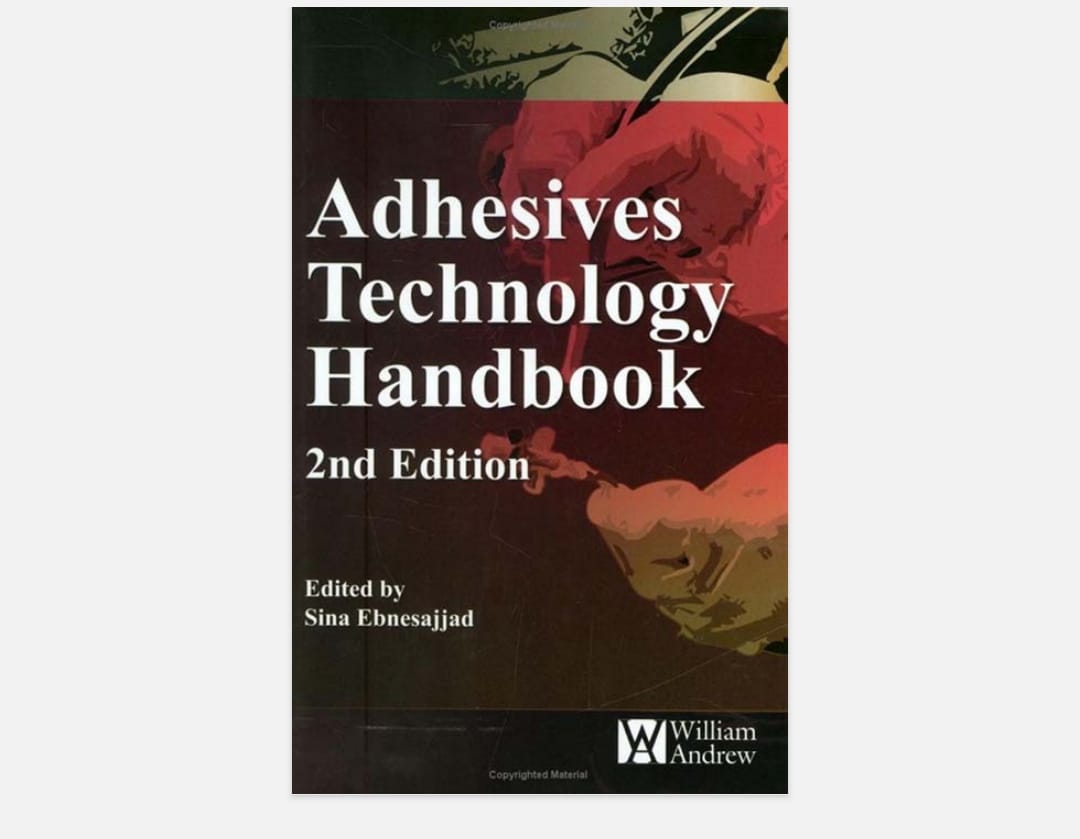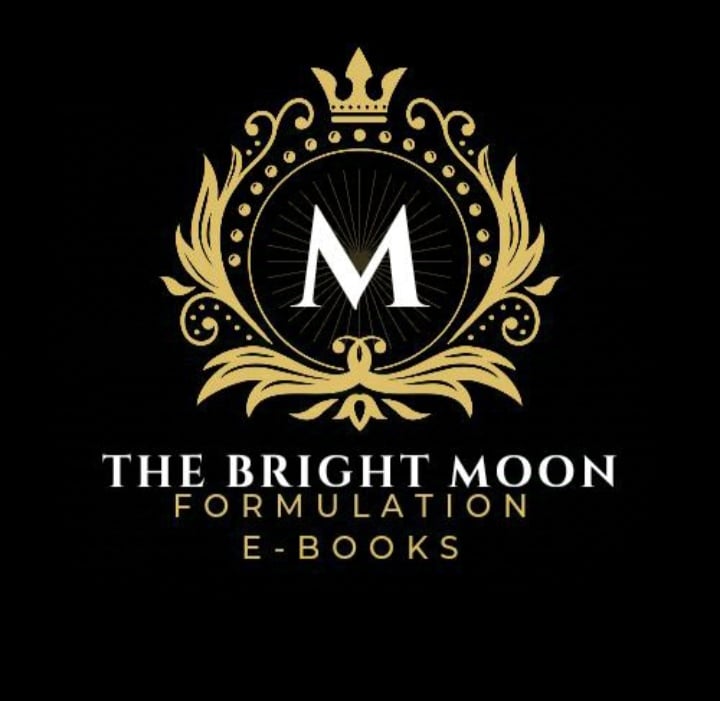
ADHESIVES TECHNOLOGY E-BOOK
1.1 Defi nition of Adhesives and Adhesive Bonding 1
1.2 Functions of Adhesives 2
1.3 Classifi cation of Adhesives 3
1.4 Advantages and Disadvantages of Joining Using 3
Adhesives
1.4.1 Advantages 3
1.4.2 Disadvantages 4
1.5 Requirements of a Good Bond 4
1.5.1 Proper Choice of Adhesive 5
1.5.2 Good Joint Design 5
1.5.3 Cleanliness 5
1.5.4 Wetting 5
1.5.5 Adhesive Bonding Process 5
1.6 Introduction to Theories of Adhesion 6
1.6.1 Mechanical Theory 7
1.6.2 Electrostatic (Electronic) Theory 8
1.6.3 Diffusion Theory 8
1.6.4 Wetting Theory 9
1.6.5 Chemical Bonding 11
1.6.5.1 Acid–Base Theory 13
1.6.6 Weak Boundary Layer Theory 13
1.7 Defi nition of Failure Modes 14
1.8 Mechanisms of Bond Failure 17
2 Surface Tension and Its Measurement 21
2.1 Introduction 21
2.2 What is an Interface? 21
2.3 Surface Tension 21
2.4 Surface Free Energy 23
2.4.1 Surface Energy of Solids 23
2.4.2 Work of Adhesion 24
2.5 Contact Angle (Young’s Equation) 25
2.6 Surface Tension Measurement 25
2.6.1 Measurement for Liquids: du Nouy Ring and
Wilhelmy Plate Methods 26
2.6.2 Measurement for Solids: Liquid Homolog
Series 29
2.7 Fractional Polarity 33
2.8 Critical Surface Tension 33
3 Material Surface Preparation Techniques 37
3.1 General Considerations 37
3.2 Surface Treatment of Metals 38
3.3 Cleaning (Degreasing) Metals 38
3.3.1 General Sequence of Cleaning 38
3.3.1.1 Solvent Cleaning 39
3.3.1.2 Chemical Treatment 40
3.3.1.3 Priming 40
3.4 Surface Treatment of Plastics 40
3.4.1 Effect of Treatment on Plastic Surfaces 40
3.4.2 Surface Cleaning 41
3.4.3 Mechanical Treatment (Surface Roughening) 41
3.4.4 Corona Treatment 41
3.4.5 Flame Treatment 42
3.4.6 Plasma Treatment 42
3.4.7 Chemical Etching 43
3.5 Methods for Evaluating the Effectiveness of
Surface Preparation 45
3.5.1 Dyne Liquids 45
3.5.2 Water-Break Test 45
3.5.3 Contact-Angle Test 46
4 Classifi cation of Adhesives and Compounds 47
4.1 Introduction 47
4.2 Adhesive Composition Formulation 47
4.2.1 Adhesive Base or Binder 47
4.2.2 Hardener (for Thermosetting Adhesives) 47
4.2.3 Solvents 48
4.2.4 Diluents 48
4.2.5 Fillers 48
4.2.6 Carriers or Reinforcements 48
4.2.7 Other Additives 484.3 Classifi cation of Adhesives 49
4.3.1 Source: Natural vs. Synthetic Adhesives 49
4.3.1.1 Natural Adhesives 49
4.3.1.2 Synthetic Adhesives 50
4.3.2 Classifi cation by Chemical Composition 50
4.3.2.1 Thermosetting Adhesives 50
4.3.2.2 Thermoplastic Adhesives 51
4.3.2.3 Elastomeric Adhesives 51
4.3.2.4 Adhesive Alloys 52
4.3.3 Classifi cation by Function 53
4.3.3.1 Structural Adhesives 53
4.3.3.2 Non-structural Adhesives 53
4.3.4 Classifi cation by Physical Form 54
4.3.4.1 Liquid Adhesives 54
4.3.4.2 Paste Adhesives 54
4.3.4.3 Tape and Film Adhesives 55
4.3.4.4 Powder or Granule Adhesives 55
4.3.5 Classifi cation by Mode of Application and Setting 55
4.3.6 Classifi cation by Specifi c Adherends or
Applications 55
4.3.7 Society of Manufacturing Engineering
Classifi cation 57
4.3.7.1 Chemically Reactive Types 57
4.3.7.2 Evaporative or Diffusion Adhesives 58
4.3.7.3 Hot-Melt Adhesives 58
4.3.7.4 Delayed-Tack Adhesives 59
4.3.7.5 Tape and Film Adhesives 59
4.3.7.6 Pressure-Sensitive Adhesives 59
4.3.8 Classifi cation by Rayner 59
4.3.8.1 Thermosetting Resin Adhesives 59
4.3.8.2 Thermoplastic Resin Adhesives 60
4.3.8.3 Two-Polymer Adhesives (Alloys) 60
4.3.9 Additional Classifi cation 61
5 Characteristics of Adhesive Materials 63
5.1 Acrylics 64
5.2 Allyl Diglycol Carbonate (CR-39) 65
5.3 Alloyed or Modifi ed (Two-Polymer) Adhesives 65
5.4 Anaerobic Adhesives/Sealants 67
5.5 Aromatic Polymer Adhesives (Polyaromatics) 68
5.6 Asphalt 69
5.7 Butyl Rubber Adhesives 69
5.8 Cellulose Ester Adhesives 73
5.9 Cellulose Ether Adhesives 73
5.10 Conductive Adhesives 73
5.10.1 Electrically Conductive Adhesives
(Chip-bonding Adhesives) 73
5.10.2 Thermally Conductive Adhesives 75
5.11 Cyanoacrylate Adhesives 75
5.12 Delayed-Tack Adhesives 77
5.13 Elastomeric Adhesives 79
5.14 Epoxy Adhesives 80
5.14.1 Hardening Agents for Epoxy Adhesives 82
5.15 Epoxy-Phenolic Adhesives 82
5.16 Epoxy-Polysulfi de Adhesives 83
5.17 Film and Tape Adhesives (see also Section 5.3) 84
5.18 Furane Adhesives 87
5.19 Hot-Melt Adhesives 88
5.19.1 Foamable Hot-Melt Adhesives 89
5.19.2 Ethylene-Vinyl Acetate (EVA) and Polyolefi n
Resins 90
5.19.3 Polyamide (Nylon) and Polyester Resins 90
5.19.4 Other Hot-Melt Adhesives 90
5.20 Inorganic Adhesives (Cements) 92
5.20.1 Soluble Silicates (Potassium and Sodium
Silicate) 92
5.20.2 Phosphate Cements 92
5.20.3 Basic Salts (Sorel Cements) 93
5.20.4 Litharge Cements 93
5.20.5 Sulfur Cements 93
5.20.6 Sauereisen’s Adhesives 94
5.21 Melamine-Formaldehyde Adhesives (Melamines) 94
5.22 Microencapsulated Adhesives 94
5.23 Natural Glues 95
5.23.1 Vegetable Glues 95
5.23.2 Glues of Animal Origin 97
5.24 Neoprene (Polychloroprene) Adhesives 100
5.25 Neoprene-Phenolic Adhesives 100
5.26 Nitrile-Epoxy (Elastomer-Epoxy) Adhesives 101
5.27 Nitrile-Phenolic Adhesives 101
5.28 Nitrile Rubber Adhesive 102
5.29 Nylon Adhesives 102
5.30 Nylon-Epoxy Adhesives 103
5.31 Phenolic Adhesives 103
5.31.1 Acid-Catalyzed Phenolics 104
5.31.2 Hot-Setting Phenolics 105
5.32 Phenoxy Adhesives 105
5.33 Polybenzimidazole Adhesives 106
5.34 Polyester Adhesives 108
5.35 Polyimide Adhesives 108
5.36 Polyisobutylene Adhesives 109
5.37 Polystyrene Adhesives 110
5.38 Polysulfi des (Thiokols) 110
5.39 Polysulfone Adhesives 111
5.40 Polyurethane Adhesives 112
5.41 Polyvinyl Acetal Adhesives 113
5.42 Polyvinyl Acetate Adhesives 114
5.43 Polyvinyl Alcohol Adhesives 115
5.44 Polyvinyl Butyral Adhesives 115
5.45 Premixed Frozen Adhesives 115
5.46 Pressure-Sensitive Adhesives 115
5.47 Resorcinol-Formaldehyde Adhesives 117
5.48 Rubber-Based Adhesives 117
5.48.1 Silicone Adhesives 118
5.49 Solvent-Based Systems 121
5.50 Thermoplastic Resin Adhesives 122
5.51 Thermoplastic Rubber (for Use in Adhesives) 123
5.52 Thermosetting Resin Adhesives 123
5.53 UV-Curing Adhesives 124
5.54 Urea-Formaldehyde Adhesives (Ureas) 124
5.55 Vinyl-Epoxy Adhesives 125
5.56 Vinyl-Phenolic Adhesives 125
5.57 Polyvinyl Formal-Phenolics 126
5.58 Polyvinyl Butyral-Phenolics 126
5.59 Vinyl-Resin Adhesives 126
5.60 Water-Based Adhesives 127
5.61 UV-Curing Adhesives 129
6 Adhesives for Special Adherends 137
6.1 Introduction 137
6.2 Metals 137
6.2.1 Aluminum and Alloys 137
6.2.2 Beryllium 138
6.2.3 Brass and Bronze
6.2.4 Cadmium (Plated on Steel) 138
6.2.5 Copper and Copper Alloys 138
6.2.6 Gold 139
6.2.7 Lead 139
6.2.8 Magnesium and Magnesium Alloys 139
6.2.9 Nickel and Nickel Alloys 139
6.2.10 Plated Metals 140
6.2.11 Silver 140
6.2.12 Steel, Mild, Carbon (Iron) 140
6.2.13 Stainless Steel 140
6.2.14 Tin 140
6.2.15 Titanium and Titanium Alloys 141
6.2.16 Tungsten and Tungsten Alloys 141
6.2.17 Uranium 141
6.2.18 Zinc and Zinc Alloys 142
6.3 Thermoplastics 142
6.3.1 Acetal Copolymer (Celcon®) 142
6.3.2 Acetal Homopolymer (Delrin®) 142
6.3.3 Acrylonitrile-Butadiene-Styrene (ABS) 143
6.3.4 Cellulosics 143
6.3.5 Ethylene-Chlorotrifl uoroethylene (E-CTFE) 143
6.3.6 Fluorinated-Ethylene Propylene (FEP; Tefl on®) 144
6.3.7 Fluoroplastics 144
6.3.8 Ionomer (Surlyn®) 144
6.3.9 Nylons (Polyamides) 144
6.3.10 Perfl uoroalkoxy Resins (PFA) 144
6.3.11 Phenylene-Oxide-Based Resins (Noryl®) 144
6.3.12 Polyaryl Ether (Arylon T) 145
6.3.13 Polyaryl Sulfone (Astrel 360; 3M Co.) 145
6.3.14 Polycarbonate 145
6.3.15 Polychlorotrifl uoroethylene (PCTFE; Aclar) 145
6.3.16 Polyester (Thermoplastic Polyester) 146
6.3.17 Polyetheretherketone (PEEK) 146
6.3.18 Polyetherimide (Ultem®) 146
6.3.19 Polyethersulfone 146
6.3.20 Polyethylene 147
6.3.21 Polymethylmethacrylate (PMMA) 147
6.3.22 Polymethylpentene (TPX) 147
6.3.23 Polyphenylene Sulfi de (PPS; Ryton®) 147
6.3.24 Polypropylene 147
6.3.25 Polystyrene 148
6.3.26 Polysulfone 148
6.3.27 Polytetrafl uoroethylene (PTFE; Tefl on®) 148
6.3.28 Polyvinyl Chloride (PVC) 149
6.3.29 Polyvinyl Fluoride (PVF; Tedlar®) 149
6.3.30 Polyvinylidene Fluoride (PVDF; Kynar®) 149
6.3.31 Styrene-Acrylonitrile (SAN; Lustran®) 149
6.4 Thermosetting Plastics (Thermosets) 150
6.4.1 Diallyl Phthalate (DAP) 150
6.4.2 Epoxies 150
6.4.3 Melamine-Formaldehyde (Melamines) 150
6.4.4 Phenol-Formaldehyde (Phenolics) 150
6.4.5 Polyester (Thermosetting Polyester) 151
6.4.6 Polyimide 151
6.4.7 Polyurethane 151
6.4.8 Silicone Resins 151
6.4.9 Urea-Formaldehyde 151
6.5 Reinforced Plastics/Composites 151
6.6 Plastic Foams 152
6.7 Rubbers (Elastomers) 154
6.8 Ceramics and Glass 154
7 Joint Design 159
7.1 Basic Principles 159
7.2 Types of Stress 159
7.2.1 Compression 160
7.2.2 Shear 160
7.2.3 Tension 160
7.2.4 Peel 161
7.2.5 Cleavage 161
7.3 Methods of Improving Joint Effi ciency 161
7.4 Joint Design Criteria 163
7.5 Typical Joint Designs 166
7.6 Peeling of Adhesive Joints 168
7.7 Stiffening Joints 168
7.8 Cylindrical Joints 169
7.9 Angle and Corner Joints 169
7.10 Joints for Plastics and Elastomers 171
7.10.1 Flexible Materials 171
7.10.2 Rigid Plastics 173
7.11 Stress Analysis of Adhesive Joints 173
7.11.1 Theoretical Analysis of Stresses and Strains 173
7.11.2 Experimental Analyses 174
Acknowledgments
I would like to pay a special tribute to the late Mr. Arthur Landrock, the
author of the Adhesion Technology Handbook, which is the predecessor to
the current book. He wrote a number of books during his life that helped
the industry.
I want to acknowledge the founder of William Andrew Inc., Bill Woishnis,
for his friendship. Martin Scrivener, President, has been a true partner,
supporter, and friend throughout the years. Thank you Martin!
I would like to acknowledge my friend Tom Johns, of DuPont Information
and Computing Group, who has supported me with the fi nding of sources
such as books, papers, patents, and other documents.
My life partner and friend, Ghazale Dastghaib, has given me extensive
help with the organization of the chapters of this book. She reviewed every
chapter, raised questions, and helped me fi nd answers to them. Her gener-
ous support has always come with an ocean of patience and love. I would
not have been able to complete this volume without her help.
Sina Ebnesajjad
Chadds Ford, Pennsylvania
June 2008

